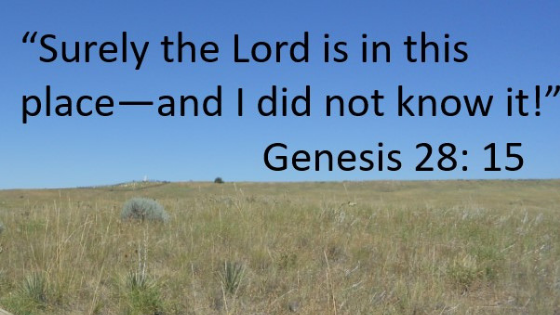“Justice, justice shall you pursue…”
 This parashah is devoted almost entirely to the theme of justice. From the obligations of judges to the limitations on the power of kings, the well-being of a society depends neither on the goodwill of the ruler nor on the ascendance of the most capable in a competitive environment, but rather on the certainty that the law will treat all alike and will protect the most vulnerable against the most powerful.The absolute primacy of justice, a theme that occurs throughout the Torah, perhaps receives its greatest emphasis here. It has been said that since the time of Abraham, Justice has spoken with a Hebrew accent.
This parashah is devoted almost entirely to the theme of justice. From the obligations of judges to the limitations on the power of kings, the well-being of a society depends neither on the goodwill of the ruler nor on the ascendance of the most capable in a competitive environment, but rather on the certainty that the law will treat all alike and will protect the most vulnerable against the most powerful.The absolute primacy of justice, a theme that occurs throughout the Torah, perhaps receives its greatest emphasis here. It has been said that since the time of Abraham, Justice has spoken with a Hebrew accent.
The most direct, intimate and force-filled entry into the world of the Hebrew Bible is through the power of the Hebrew language. All translations are the product of the choices of other people, at other times, with personal agenda that may not match those of the reader/student. The Sages of old used to maintain that reading the Bible through a translation may be likened to kissing a bride through a towel/veil! However, while being “language-challenged” to some extent, and thus at the mercy of the translator, we can profitably compare several translations of a verse or passage, and, in addition, consult some of the ancient and modern commentaries. The call is to constantly beware the plain as well as hidden meaning of the Biblical text. The divine utterance is Torah itself, which is then garbed in other tongues.
The very opening line of this week’sparashathaShavuah goes on to say: “You shall appoint magistrates and officials … in all the settlements and the gates … that they shall govern the people with due justice” (Deut. 16:18).The Torah advises that we must set guardians at the gates of our souls – our mouths (that we do not lie or speak malicious gossip), our ears (that we not be eager to hear malicious gossip) and our eyes (that we not form the habit of seeing the worst in others).A modern non-Biblical midrash of Mahatma Gandhi’s three monkeys represents the principle“hear no evil, see no evil, speak no evil”(www. Gandhi’sThreeMonkeys)
The Hebrew tzedek is justice in the sense of doing the right thing in a legal procedure while mishpatis justice as a cosmic principle that maintains harmony in the world and makes possible the world’s continued existence. According to the contemporary Hassidic Master Arthur Green in “Justice, justice shall you pursue” the term ‘pursue’ carries strong connotations of effort, eagerness which implies more than merely respecting or following justice; we must actively pursue it. This command also means to “pursue justice justly,” for just goals can never be achieved by unjust means. The worthiest of goals will be rendered less worthy if we have to compromise justice to achieve it.
The Torah is meant to be read aloud preferably with ahavrutah partner, or even when we read it alone! The music of the original language has a special beauty which translations ordinarily cannot adequately suggest unless the translation is as true to the Hebrew words and music as possible. The spokenness of the biblical text is understood as a critical factor in doing Talmud Torah. Finally, at all times we are invited to read beneath the plain, the literal meaning of the text: the peshat. Archeology of the Word, excavating beneath the peshat when there are irritations in the text, that is, clues that suggest that we should do so: these are the means to a midrashic reading of Talmud Torah. Midrash in its many appearances is a core dimension of the study of Torah. It is, perhaps, the most vitalizing and valuable approach to all biblical texts.
For Reflection and Discussion: [1]For the Biblical sages, the double use of tsedek (‘justice’) invited creative interpretation. If you were to pair justice with another quality or virtue, what would it be and why?[2]In the context of justice, what hopes do you have for the future of your children, your faith community, and your church? How do you articulate these hopes? [3]In the above context, think of an incident which led you to pursue justice. Perhaps you can share your experience with your havrutah partner or Torah study group.
Bibliography:EtzHayim, Torah and Commentary (New York, 2001),Plaut, The Torah, Modern



